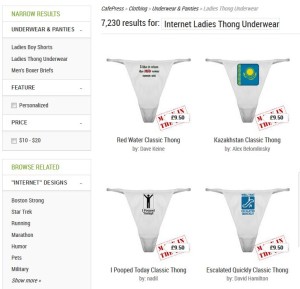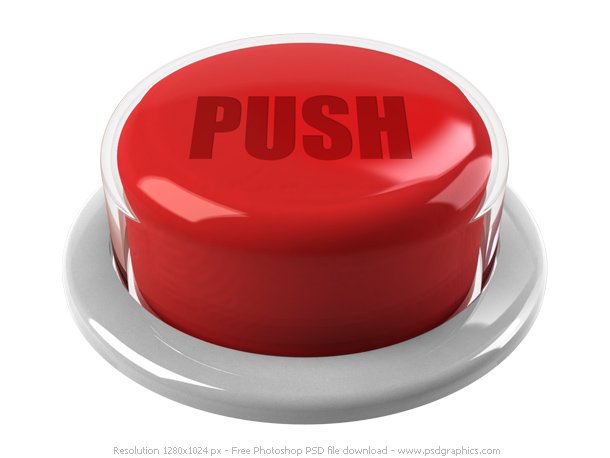The EACA Euro Effies: the marketing equivalent of You’ve Been Framed?
 A couple of weeks back I got the opportunity to attend the awards ceremony for the EACA Euro Effies. These are essentially advertising awards (or more precisely awards for advertising agencies) that are not judged by creatives for their creativity, but judged according to how effective they are in meeting the clients’ business objectives. (Should there actually be any other types of awards I ask?). The interesting thing was how little actual advertising featured in many of the winning entries. It reminded me of the sage words of Lou Capozzi , former boss of the MS&L PR network, who – on looking at the changing marcoms landscape – declared “it is all just become PR with zeros added to the budget.”
A couple of weeks back I got the opportunity to attend the awards ceremony for the EACA Euro Effies. These are essentially advertising awards (or more precisely awards for advertising agencies) that are not judged by creatives for their creativity, but judged according to how effective they are in meeting the clients’ business objectives. (Should there actually be any other types of awards I ask?). The interesting thing was how little actual advertising featured in many of the winning entries. It reminded me of the sage words of Lou Capozzi , former boss of the MS&L PR network, who – on looking at the changing marcoms landscape – declared “it is all just become PR with zeros added to the budget.”
Even those winners that were more ad-focused had submissions that were surrounded by a blizzard of ‘social media engagement’ and some of the more memorable appeared to be almost entirely social media-based, with no actual ad either produced or deemed worthy of featuring in the case study presentation of ‘the work’. Examples here included a campaign for Mercedes-Benz about an invisible car, a stunt recreation of Felix Baumgartner’s famous Red Bull jump in Lego and a campaign to get people to visit Iceland in the winter based around an invitation to visit ordinary Icelanders in the homes.
I found all of this quite confronting, not least because I spend all my time telling people to forget the idea of using social media to reach audiences – pumping out lots of content – yet here were examples of just that, which were winning awards for effectiveness. Continue reading


 There is, of course, a huge debate about metrics, measurement and ROI in social media. This tends to be framed in terms of “if I do some social media, what am I going to get out of it and how will I measure that”. Last week I came across an a new take on the whole metrics issue – not measuring the impact of social media activity, but seeing social media activity itself as a metric.
There is, of course, a huge debate about metrics, measurement and ROI in social media. This tends to be framed in terms of “if I do some social media, what am I going to get out of it and how will I measure that”. Last week I came across an a new take on the whole metrics issue – not measuring the impact of social media activity, but seeing social media activity itself as a metric.